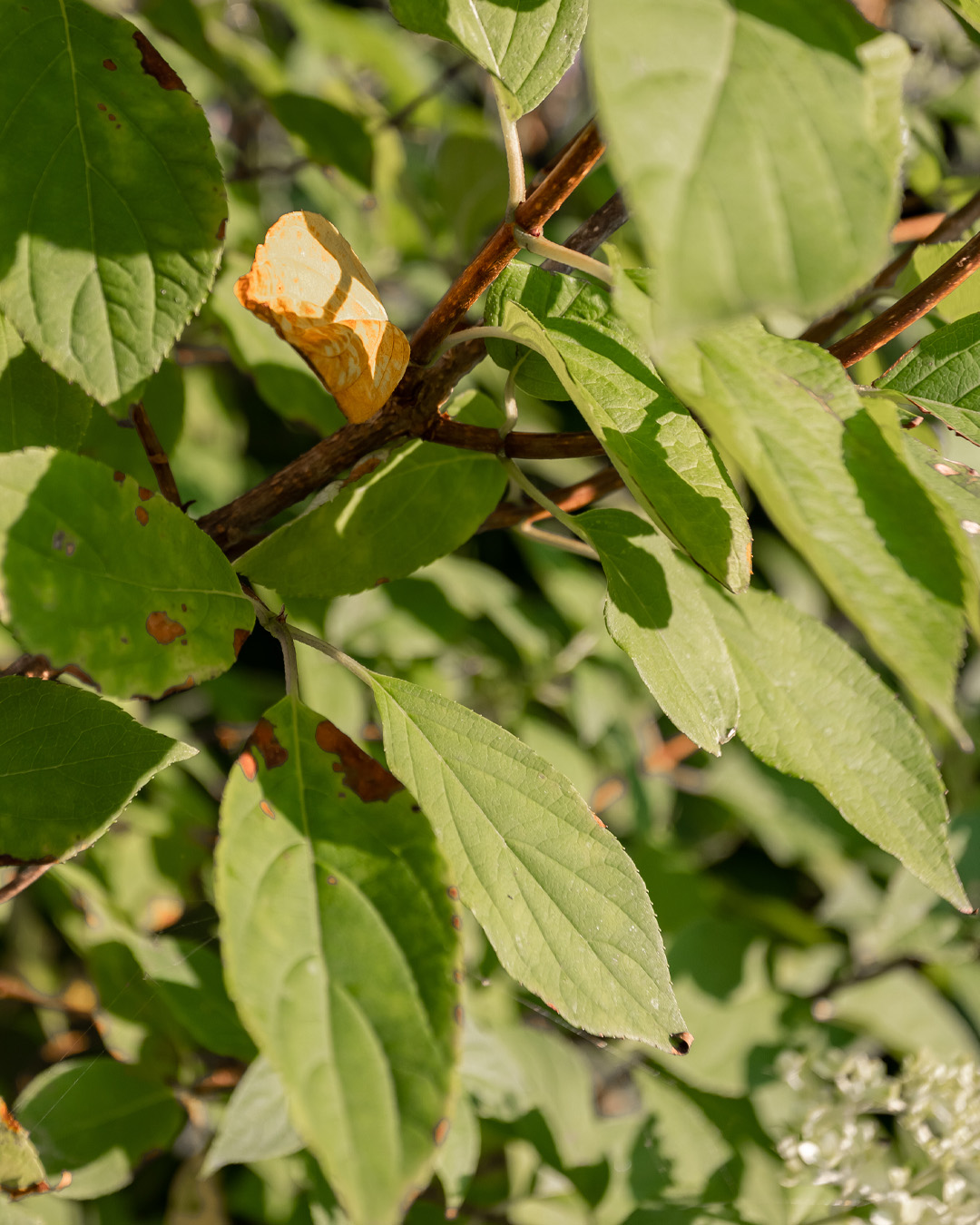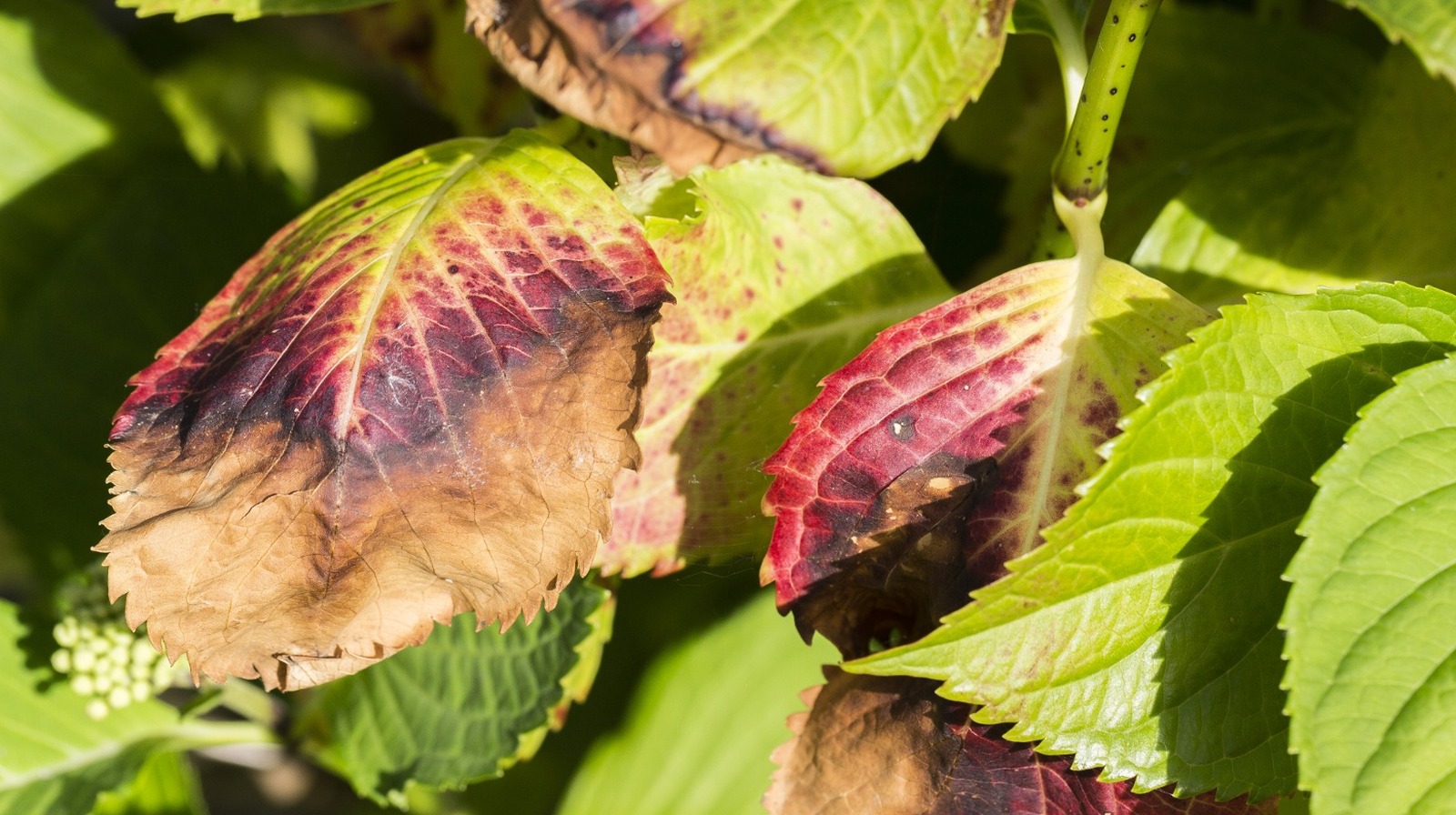Indicators on Hydrangea Leaves Turning Yellow You Should Know
Wiki Article
The Ultimate Guide To Hydrangea Leaves Turning Yellow
Table of ContentsNot known Details About Hydrangea Leaves Turning Yellow Not known Incorrect Statements About Hydrangea Leaves Turning Yellow The Ultimate Guide To Hydrangea Leaves Turning YellowGet This Report on Hydrangea Leaves Turning Yellow
One opportunity is that the plant is not getting enough sunshine. During the winter months, the days are much shorter, and the sun is not as extreme, so ensure to put your Hydrangea in a spot where it will certainly get at the very least 6 hours of sunshine daily. An additional factor for Hydrangea yellow fallen leaves in wintertime could be too much water.Lastly, the fallen leaves could be turning yellow as a result of temperature level tension. Hydrangeas like cooler temperatures, so if the plant remains in a place that gets as well warm or as well chilly, the fallen leaves will certainly turn yellow. If you assume temperature level anxiety could be the issue, attempt relocating your Hydrangea to a different place or safeguarding it from the components with a burlap cover.
New growth will certainly be observed in early spring, when you'll notice environment-friendly vegetation sprouting from stems that might have appeared dead. Nonetheless, if your fallen leaves are turning brownish in spring or summertime, there are most likely various other aspects at play. The exact reasons depend upon the selection and their expanding conditions, however as a whole, brownish hydrangea fallen leaves signify dehydration and wilting in the warmth
In the springtime when the mercury remains reasonably low, they'll do great. When things warm up over the summertime however, time spent in the early afternoon rays can create unknown damage.: Expand your hydrangeas in a spot where they'll obtain sunlight in the early mornings or nights, but not throughout the peak hours.
Rumored Buzz on Hydrangea Leaves Turning Yellow
Wilting is brought on by lack of wetness, suggesting there are a couple of excellent methods to make use of to prevent this from taking place. Offer your hydrangeas a healthy and balanced glug of water every couple of days when the temperature levels are climbing high, and treat the soil to far better retain dampness. After sprinkling, a bit of compost around the base of each plant ought to assist with this by maintaining moisture in the soil.This interrupts fungis spores from settling. "The Botrytis fungus flourishes in amazing and wet problems, so avoid bathing the entire plant when sprinkling and simply water at the origins," shares Roy Nicol, a Master Horticulturist - Hydrangea Leaves Turning Yellow. If you have actually missed out on the opportunity for prevention and are dealing with an infection you must get rid of all dead or badly contaminated leaves from the plant and damage them to avoid more spread
As a general rule of thumb, we recommend removing leaves when they are 50% brown or greater. While browning triggered by any kind of factor can't be reversed, taking the corrective activity defined above will certainly motivate the plant to expand brand-new leaves so the harmed leaves either diminish normally or can be eliminated by the garden enthusiast.
Hydrangeas should be sprinkled just when the leading few inches of dirt are completely dry, and must be given a comprehensive soaking each time. Underwatered hydrangeas are likely to have yellow, wilting, and drooping fallen leaves.
Not known Facts About Hydrangea Leaves Turning Yellow
The means you take care of hydrangea leaves transforming yellow depends upon the crucial i was reading this concern creating the yellow fallen leaves. This can be challenging to establish, but when you do you will certainly have visit the website the ability to readjust your plant treatment as necessary to take treatment of the issue. As discussed in the past, a common problem with hydrangeas is vitamins and mineral shortages.During the height expanding period, you ought to water at a price of about 1 inch weekly. If you are bothered with not properly watering your hydrangeas, there are a couple of things you can do. Including mulch to the base of the plants over the root area aid to control the temperature level around the shrub and maintain water in the dirt.

If it is also severe, some plants will certainly never ever recover from transplant shock and will remain to decrease up until they pass away. Minimize transplant shock by including as lots of origins as feasible when digging up your plant to relocate it. Make certain to supply more water than typical in the weeks Extra resources adhering to planting to help your plant recuperate and expand new roots.
The Ultimate Guide To Hydrangea Leaves Turning Yellow
To prevent spreading fungal conditions, make sure to thouroughly clean and decontaminate any kind of trimming devices before and after usage. Ultimately, you can attempt to flush the origins with water to eliminate excess fertlizer.
If you don't sprinkle your hydrangea plant for even more than a week, the fallen leaves will certainly begin transforming yellow. Fungal conditions that strike the plants have a tendency to reveal indications on the roots and the leaves of the plant.
Origin rot happens when virus take up the root cells as hosts and quit the cell from working. If not cared for, this disease can eventually cause the plant dying. Fallen leave spot is one more fungal disease that can target hydrangea. It results in the fallen leaves turning yellow and the appearance of brown and purple spots on the fallen leaves.
Report this wiki page